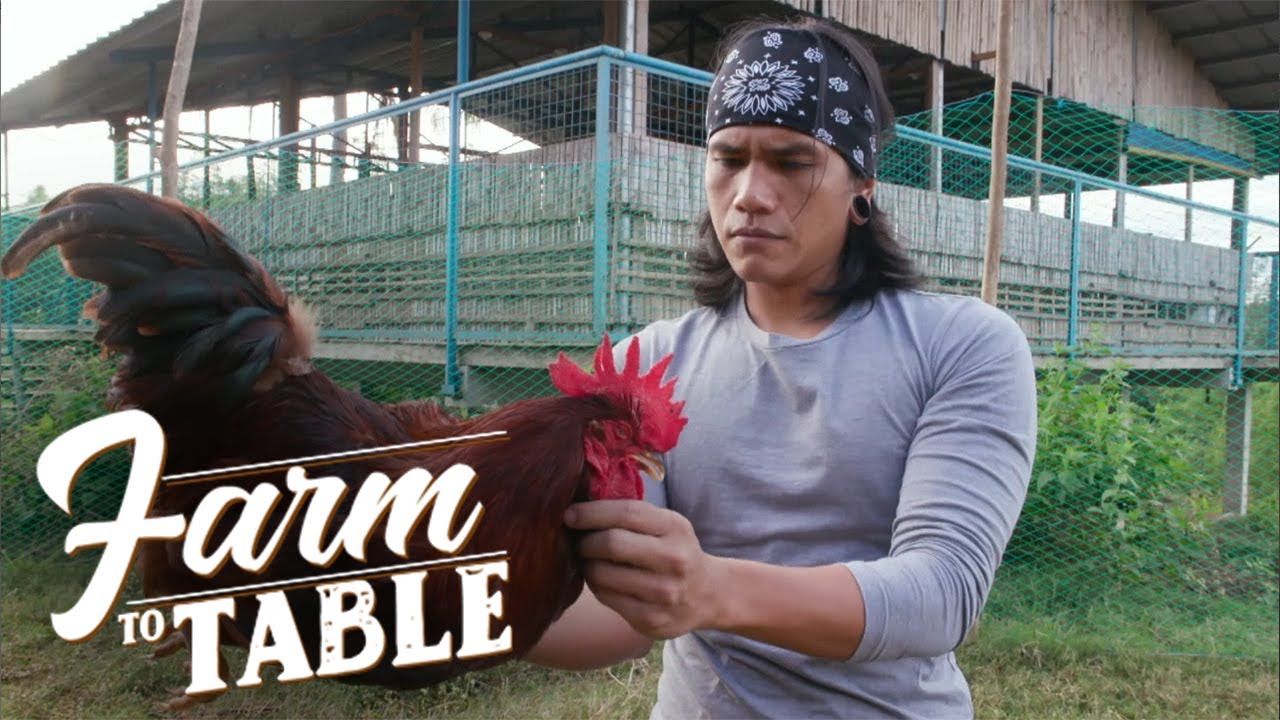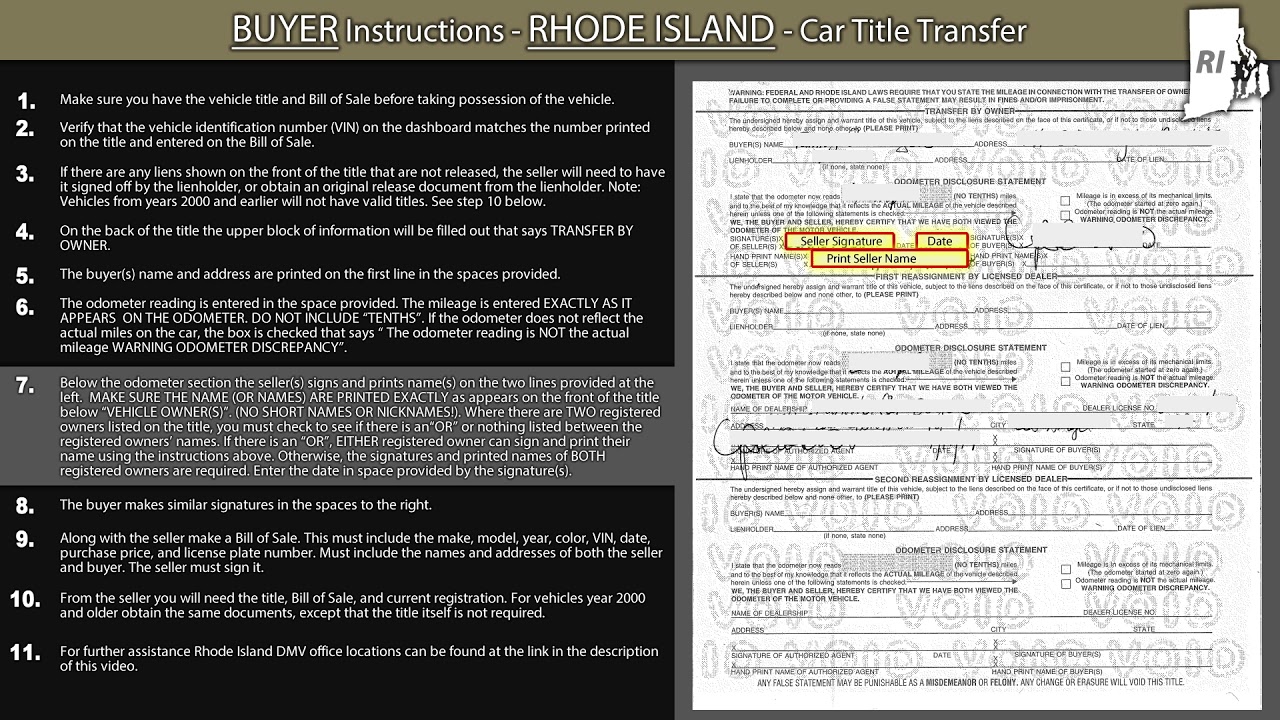Introduction to Rhode Island Reds
Rhode Island Reds are a popular breed of chicken known for their versatility and productivity. These birds are highly valued for their ability to lay a large number of brown eggs, making them a favorite among backyard poultry enthusiasts and commercial farmers alike. In order to maintain their health and maximize their egg-laying potential, it is important to provide Rhode Island Reds with a proper diet that meets their nutritional needs. By understanding the origin and history of these chickens, their physical characteristics, and their dietary requirements, poultry owners can ensure the well-being of their Rhode Island Reds.
Origin and History of Rhode Island Reds
The Rhode Island Red breed originated in the United States during the mid-19th century. It was developed in the state of Rhode Island by crossing various breeds, including Malay, Shanghai, and Red Malay. The goal was to create a chicken that was both hardy and capable of producing a large number of eggs. The breed was recognized by the American Poultry Association in 1904 and has since become one of the most popular and widely recognized chicken breeds in the country.
Physical Characteristics of Rhode Island Reds
Rhode Island Reds are medium-sized birds with a rectangular shape and a well-developed musculature. They have a deep and broad body, a moderately long neck, and a single comb. The plumage of Rhode Island Reds is a deep mahogany color with some black feathers on the tail and wings. The legs and beak are yellow, and the eyes are a rich reddish-brown. These chickens have a docile temperament and are known for their hardiness and ability to adapt to a wide range of climates.
Importance of Diet for Rhode Island Reds
A balanced and nutritious diet is crucial for the overall health and productivity of Rhode Island Reds. A proper diet supplies the necessary nutrients for egg production, feather growth, and overall vitality. It also helps to prevent nutritional deficiencies, diseases, and reproductive problems. Providing a well-formulated diet ensures that Rhode Island Reds have the energy and nutrients they need to thrive and perform at their best.
Nutritional Requirements of Rhode Island Reds
Rhode Island Reds have specific nutritional requirements that must be met in order for them to remain healthy and productive. They require a diet that is high in protein, vitamins, minerals, and carbohydrates. Protein is especially important for these chickens, as it is necessary for the production of feathers and eggs. Calcium and phosphorus are also essential for strong eggshells. A diet that lacks these key nutrients can lead to health problems, poor egg quality, and reduced egg production.
Feeding Schedule for Rhode Island Reds
Establishing a proper feeding schedule is essential for maintaining the health and productivity of Rhode Island Reds. These chickens should have access to fresh food and water at all times. It is recommended to provide them with a high-quality commercial poultry feed specifically formulated for laying hens. In addition to the commercial feed, Rhode Island Reds can also benefit from occasional treats such as fruits, vegetables, and grains. However, treats should only make up a small portion of their diet and should not exceed 10% of their daily intake.
The Role of Protein in the Diet of Rhode Island Reds
Protein plays a crucial role in the diet of Rhode Island Reds, as it is essential for muscle development, feather growth, and egg production. A diet that is deficient in protein can result in poor feather quality, decreased egg production, and reduced overall health. It is recommended to provide Rhode Island Reds with a complete and balanced feed that contains at least 16% protein. This can be achieved through a combination of high-quality grains, legumes, and supplemental protein sources such as soybean meal or fish meal.
Essential Vitamins and Minerals for Rhode Island Reds
In addition to protein, Rhode Island Reds require a variety of essential vitamins and minerals to support their overall health and well-being. Vitamin A is important for vision and growth, while vitamin D is necessary for calcium absorption and bone health. B vitamins are needed for energy metabolism, and vitamin E acts as an antioxidant to protect cell membranes. Calcium and phosphorus are vital for strong eggshells and proper bone development. These nutrients can be provided through a balanced diet that includes a combination of commercial feed and fresh foods.
Recommended Foods for Rhode Island Reds
A balanced diet for Rhode Island Reds should consist primarily of a commercial poultry feed specifically formulated for laying hens. Look for a feed that contains the necessary levels of protein, vitamins, and minerals. In addition to the commercial feed, Rhode Island Reds can be offered a variety of fresh foods as treats. Fruits such as apples, berries, and melons can provide vitamins and antioxidants, while vegetables like leafy greens and carrots can supply additional vitamins and fiber. Grains such as corn and wheat can also be offered in small amounts as a source of carbohydrates.
Avoiding Common Dietary Mistakes for Rhode Island Reds
To ensure the health and productivity of Rhode Island Reds, it is important to avoid common dietary mistakes. One common mistake is feeding too many treats, which can lead to malnutrition and reduced egg production. Another mistake is providing a diet that is unbalanced or lacks essential nutrients. It is important to provide a complete and balanced feed that meets the specific nutritional needs of Rhode Island Reds. Lastly, avoid overfeeding, as this can result in obesity and related health issues. Follow recommended feeding guidelines and monitor the birds’ body condition to ensure they maintain a healthy weight.
Signs of a Balanced Diet in Rhode Island Reds
A balanced diet will be reflected in the overall health and performance of Rhode Island Reds. Chickens that are receiving a proper diet will exhibit shiny and healthy feathers, good muscle tone, and bright eyes. They will have a consistent egg production rate with good shell quality. Additionally, they will maintain an appropriate body condition, neither too thin nor overweight. Monitoring these signs can help identify if any dietary adjustments are needed to optimize the health and productivity of Rhode Island Reds.
Consulting a Poultry Nutritionist for Rhode Island Reds
For poultry owners who want to ensure they are providing the best possible diet for their Rhode Island Reds, consulting a poultry nutritionist is highly recommended. A poultry nutritionist can provide expert advice on formulating a balanced diet that meets the specific needs of these chickens. They can offer guidance on selecting the right commercial feed, incorporating fresh foods, and addressing any dietary concerns or challenges that may arise. By working with a professional, poultry owners can optimize the nutrition of their flock and promote the long-term health and productivity of their Rhode Island Reds.





